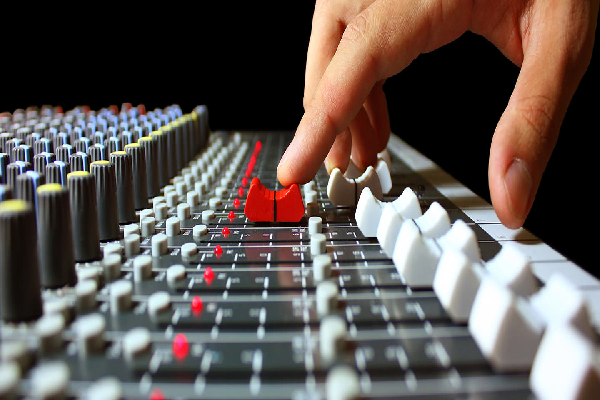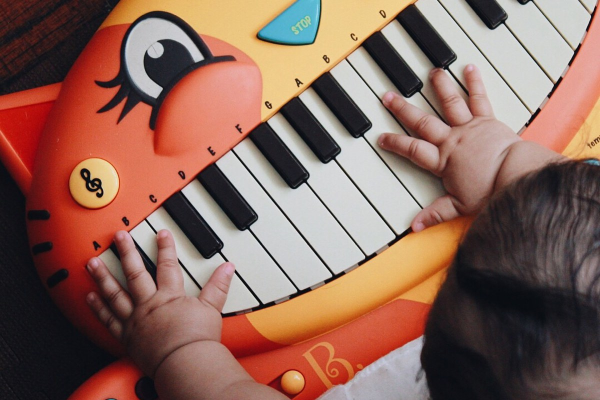The Use of Technology in Music Education
“Technology’s rapid progress has been a key component in the music classroom, but many people are unaware that these improvements can also benefit students who work at home.
Learners and educators alike have got accustomed to using digital tools.”
For decades, musicians have disputed whether or not they should bring their technology into the practise room and teaching studio. The traditional nature of “master-apprentice” teaching methods dates back to a time when learning music theory without being taught by someone who knew how was impossible due to a lack of books explaining the ideas.
The data was collected from 338 musicians from all around the world, ranging in age and experience. The findings revealed that these individuals have a typically positive attitude regarding current and future technological use. This is consistent with TAM, which found that the ease with which new technologies seemed to them or their peers, as well as their usefulness, predicted their likely to utilise them.
Musicians have mastered the usage of new technologies to the point where they can now utilise them to replace traditional audio and video recording equipment. Rather than using specialised equipment, the majority of musicians said they use conventional music technologies on their smartphones.
Despite having access to the most up-to-date technologies, musicians said that practising was more beneficial than one-on-one instruction. While many students went on to videotape themselves performing music and review it afterwards, they did not do it as frequently when studying from a tutor or instructor.
Music study is a lifelong activity that necessitates unwavering attention to one’s craft. Students may now carry their studies and practise with them wherever they go, whether it’s on an instrument or at home in front of sheet music, thanks to technological advancements. For example, some schools have begun incorporating tablets into classrooms so that students can play through it while pursuing notes exhibited on the screen; this has enhanced students’ engagement as well as formulate effective for both teachers and students, as teachers can adjust lessons based on data collected from their students via tablet usage data analysis.
The flute is an example of a musical instrument designed to improve music. Music has always made use of whatever technology was available at the time, and today’s teachers should be no different.
It’s no secret that technological advancements have changed the way we compose, record, and listen to music. But what impact does it have on areas that are specifically designed for such purposes? The main advantages come from acoustic considerations; architects have took advantage of new information in this area to design performance halls with the highest sound quality. Furthermore, educators constantly find a way to capitalise on opportunities as they come; tape recorders allowed for live accompaniment when needed, synthesisers introduced creative sounds into musical ensembles, and film was used to educate great performances and even teach students theory!
With the advancement of personal electronics, more children than ever before are listening to music. With this newfound freedom comes an generation with an innate drive to produce their own “masterpieces” of music. Teachers can now infuse creativity into courses that better correspond with students’ interests while simultaneously boosting performance abilities, enabling students’ self awareness to grow even faster through performance reflection.
Conventionally, music classes in particular focused on performing rather than listening; however, as digital media becomes more widely available, less emphasis is placed on perfect pitch or song memorization. This because technological progress has allowed many people at home to use these assets without even being linked wirelessly like experts would be if they were performing live concerts eve.
For many people, music is an essential component. For some, teaching music in the class or playing instruments at home is the only way they know how to communicate oneself and connect with others via music. There are numerous high-quality apps available that can assist you in implementing digital into your lesson plans on a budget, including Garage Band for Apple devices, which serves as a simpler recording studio with loops, sound effects, and filters; Soundtrap, which allows songwriters to work collaboratively online remotely so that all participants can easily hear each other’s progress; and Symphony Pro enables educators to write and alter sheet music by hand rather of typing it out, and then play back what they’ve composed quickly from anywhere using a Wi-Fi connection between their computing display screen and laptop keyboard!






